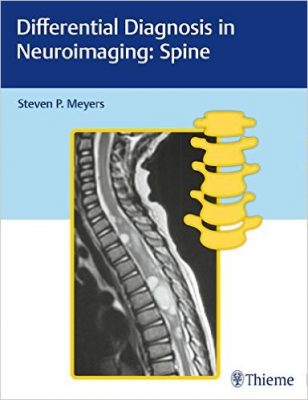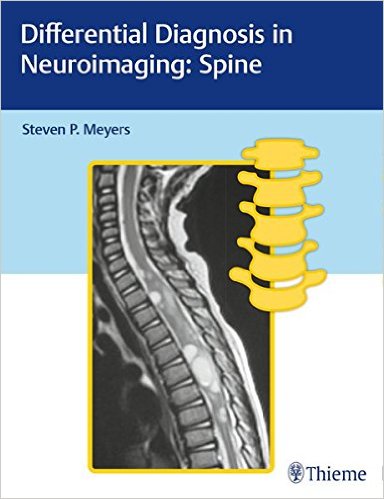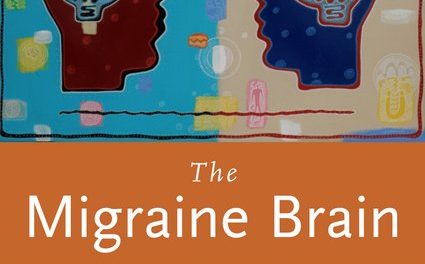 Author: Steven P. Meyers, MD
Author: Steven P. Meyers, MD
Publisher: Thieme – 272 pages
Book Review by: Sonu Chandiram
This book represents about three decades of learning and work experience of Dr. Steven P. Meyers and his teaching to medical students, medical residents and fellows in neurology, neuro-imaging, neurosurgery, otolaryngology, and orthopedics.
He informs us that over those many years, he acquired his knowledge not only from books but also from “outstanding professors who served as role models for research and teaching” from whom he learned importantly that “excellent teaching cases are invaluable in the teaching of our specialty” and as a consequence, began taking notes.
So this book is not only the product of knowledge Dr. Meyers gained from various sources and the insight he developed in the course of his work, but also from “a large teaching file” in which he has been adding and organizing information.
This work then is a compilation of Dr. Meyers’ organized notes, and contains no contributions by other specialists and experts as is usually the case with medical texts. For this reason alone, this is admirable and exceptional. It certainly represents a lot of work by a single person.
To give you an overview of what is covered in it, we list its nine chapters below. You will also find a long list of materials for further study in the 13-page References section at the end of the book. In it, headings specifying the condition are organized alphabetically, and below them are various sources of information.
Introduction
1.1 Congenital and developmental abnormalities of the spinal cord and vertebrae
1.2 Abnormalities involving the craniovertebral junction
1.3 Intradural intramedullary lesions (spinal cord lesions)
1.4 Dural and intradural extramedullary lesions
1.5 Extradural lesions
1.6 Solitary osseous lesions involving the spine
1.7 Multifocal lesions and /or poorly defined signal abnormalities involving the spine
1.8 Traumatic lesions involving the spine
1.9 Lesions involving the sacrum
References
Dr. Meyers states that the goal of this book to simply “present the neuradiological abnormalities in an easy-to-use resource with extensive utilization of figures for illustration
Each chapter indeed presents detailed fine-line sketches of various parts and aspects of the spine and spinal cord. Besides man-made drawings, several types of machine-imaging modalities (e.g. computed tomography (CT) and magnetic resonance imaging (MRI) have been used to provide clean and clear views of abnormalities, anomalies, diseases, and disorders.
Numerous tables provide detailed information. Three columns in the tables present:
- Type of abnormality, anomaly, disease, or disorder (e.g. lesions)
- Imaging Findings
- Comments
The tables are an essential, and highly useful and valuable component of this book. They help the reader analyze the conditions shown in the adjacent images.
Some of the major features of this book are:
- Tabular columns organized by anatomical abnormality including imaging findings and a summary of key clinical data that correlates to the images
- Congenital /developmental abnormalities, spinal deformities, and acquired pathologies in both children and adults
- Lesions organized by region including dural, intradural extramedullary, extra-dural, and sacrum
- More than 600 figures illustrating the radiological appearance of spinal tumors, lesions, deformities, and injuries
- Spinal cord imaging for the diagnosis of intradural intramedullary lesions and spinal trauma
This is an outstanding resource on the spine, with lots of information in text and illustrated form, to help neuro-radiologists and other medical specialists look at and study various conditions, do a diagnosis, and decide on the ideal surgical or nonsurgical treatment plan.
Author:
Steven P. Meyers, MD, PhD, FACR is Professor of Radiology and Imaging Sciences, Neurosurgery, and Otolaryngology at the University of Rochester Medical Center, and Director of the Radiology Residency Program at the University of Rochester School of Medicine and Dentistry in Rochester, New York.







